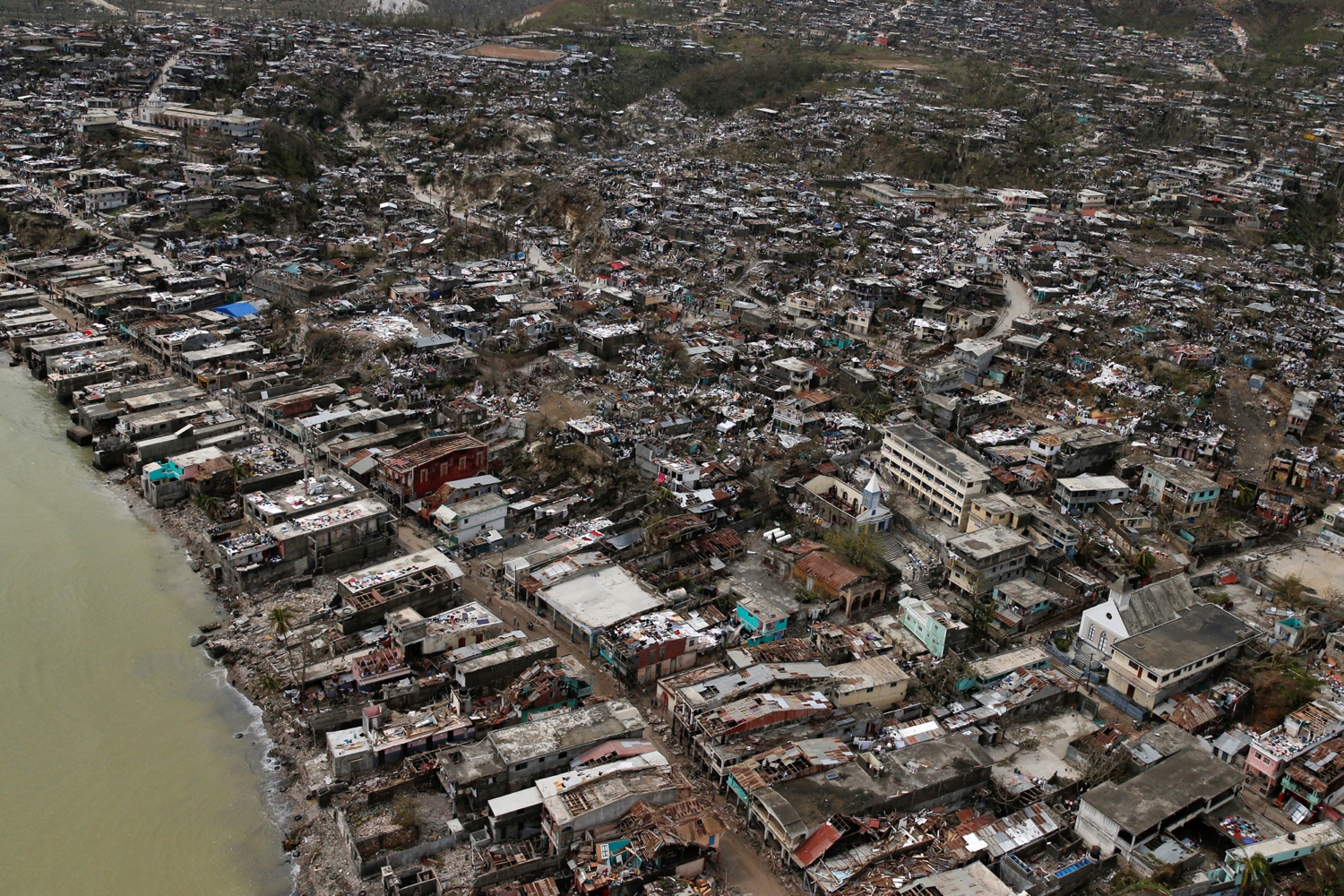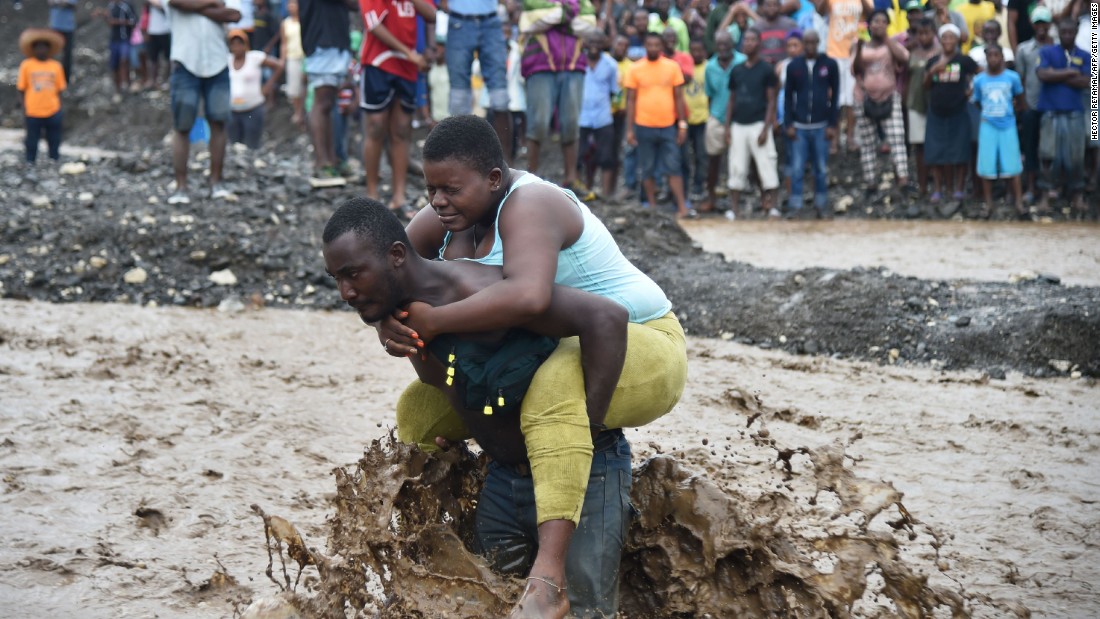
PORT-AU-PRINCE, Haiti—Rescue teams in Haiti scrambled Friday to get urgent aid to victims of Hurricane Matthew after the death toll rose into the hundreds, amid fears the numbers could rise sharply as the extent of the devastation becomes clearer.
A Haitian government official, speaking on condition of anonymity, said Friday that the documented death toll is 271, citing sources such as hospitals, mayors, departmental delegates of the presidency and civil protection authorities. There have been unconfirmed reports of many more fatalities.
There was confusion over the death toll, with various media citing different local officials saying the fatalities had climbed past 500.
“The number of fatalities is still coming in, still growing,” said Marc Vincent, the Haiti representative for the United Nations Children’s Fund. “The more we’re able to get out to different areas, the more we’re able to see that is a major humanitarian catastrophe.”
The hardest-hit area was the country’s southwest peninsula and the towns of Jérémie and Les Cayes, which were directly in the path of the Category 4 storm when it hit, the most powerful Atlantic storm in years.
“Jérémie is a nightmare, a real catastrophe,” said Msgr. Pierre-Andre Pierre, the president of Haiti’s Catholic University, who toured the area by helicopter Thursday. “The priests are praying, but it’s not enough. The people need food, they need water, they need shelter.”
All the houses in Jérémie, a seaside city of about 30,000, have had their roofs torn off, he said. “Everybody is on the street with their belongings, all wet and muddy. It’s a real tragedy,” he said.
It is the same situation in the Les Cayes, another seaside city of about 70,000 people. “Cows, chickens, pigs, they are all gone,” he said.

Complicating relief efforts, a bridge collapsed on the main road that connects the capital of Port-au-Prince to the peninsula. “The biggest challenge right now is logistics,” said Stephan Coles, chief executive of Coles Group, a Haitian food company that was helping organize relief supplies.
Mr. Vincent, of the U.N. Children’s Fund, said nearly all the 1.3 million residents of the Grand’Anse and Sud departments at the western end of the peninsula had been affected in some way by the storm.
He said there are reports of 30,000 families being displaced in Grand’Anse, 60,000 homes damaged and 20,000 severely damaged, and two thirds of schools out of action. In neighboring Sud some 25,000 people are in provisional shelters or without shelter, he added.
Relief organization World Vision estimated that on the island of La Gonâve, 40% to 50% of homes were damaged or destroyed, and thousands of people injured. Roads on the island are washed-out or muddy, and the group used boats to distribute supplies.
“We fear that despite the jump in the death-toll figures, they may continue to rise in the coming hours and days, especially as people gain access to the hardest hit areas,” said John Hasse, World Vision’s country director for Haiti.
He said aid distributions are likely to pick up Friday as the weather clears and some local roads are opened.
“There are areas where people haven’t eaten much or had access to clean water in days. Each time we reach a new remote area, people rush up to our teams desperate for supplies,” he said.
The U.S. Southern Command sent the Navy dock ship USS Mesa Verde to Haiti, with four helicopters, one landing craft and 300 Marines to help distribute emergency aid. They will join some nine other helicopters and 250 personnel already in the area, Southern Command said in a statement.
At a warehouse near the U.S. Embassy in the Tabarre section of Port-au-Prince, dozens of volunteers from local schools gathered Friday to start packing 30,000 kits filled with milk, canned fish, pasta, cooking oil, water disinfectant and personal hygiene supplies to send by barge to the Southwest.
Three days after the storm, many Haitians are leaving shelters and returning to their homes, some to try to make repairs or salvage what they can.

Leave a Reply